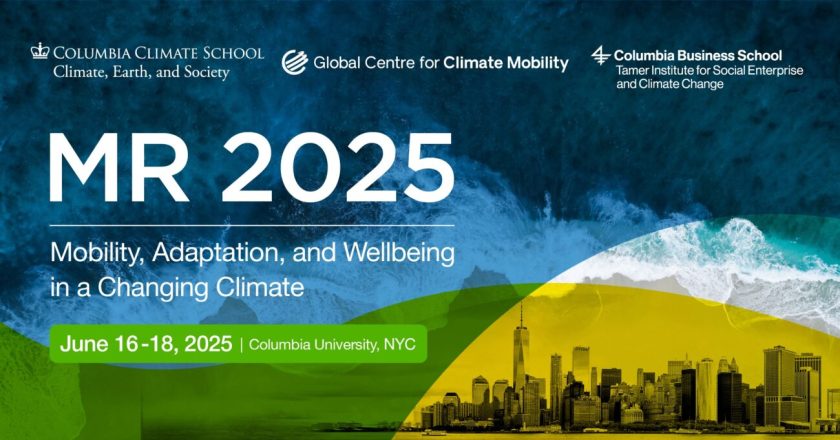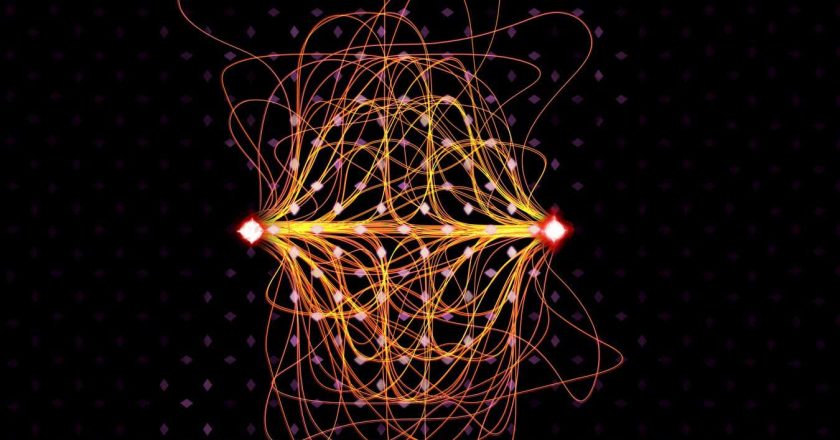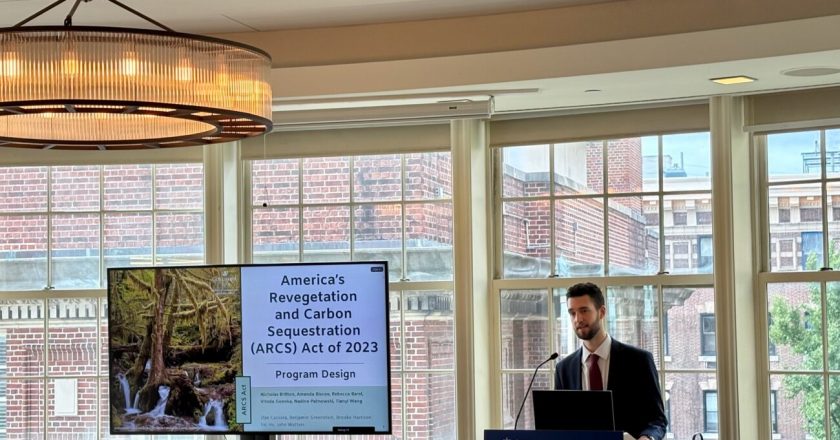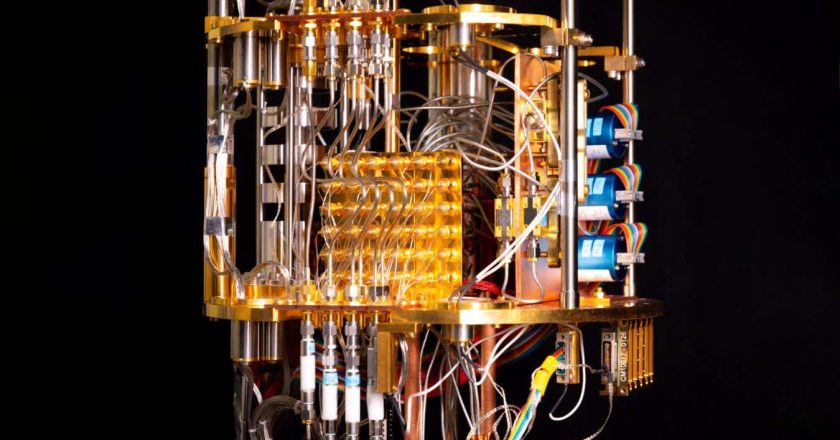Building Mobility, Resilience and Connection in a Changing Climate – State of the Planet
What does mobility look like in the face of climate change? How can we build more just and climate-resilient communities? When should areas opt for adaptation in place over managed retreat? These are just some of the questions to expect at this year’s MR2025 (formerly known as Managed Retreat) conference. Hosted by the Columbia Climate School, the event will tackle the multifaceted concerns of mobility, adaptation and wellbeing—and their shifting roles in response to global climate threats.
Now in its fourth iteration, MR2025 will once again bring together hundreds of representatives from the public, private and nonprofit sectors alongside scientists, academics and community members from around the world. It will be held from June 16 to June 18, in partnership with the Global Centre...




